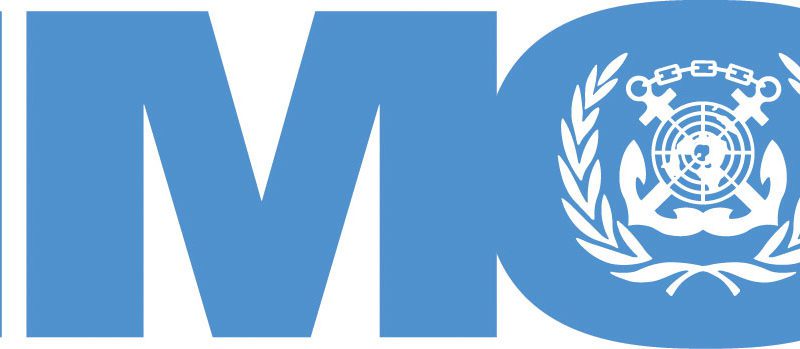
A recent report from the International Maritime Organization (IMO) reveals that global shipping emissions increased nearly 10 percent from 2012 to 2018, with the industry facing a growing challenge concerning methane slip.
In July, the IMO released the fourth version of “Reduction of GHG Emissions from Ships.” At 577 pages, it’s hard to overstate the report’s scope and detail. The big picture: Total shipping emissions rose from 977 million tons in 2012 to 1.07 billion tons in 2018, a 9.6 percent increase, mostly carbon dioxide (CO2). The industry’s share of global greenhouse gas emissions increased from 2.76 percent in 2012 to 2.89 percent in 2018.
Maritime carbon intensity improved between 2012 and 2018, the IMO report stated. However, the reduction has not been constant, and it has slowed since 2015.
One of the most troubling aspects of the report is the increase in methane emissions. Methane, the primary component of natural gas, has 86 times the climate impact of CO2 over a 20-year period, according to the Intergovernmental Panel on Climate Change. In ships, the use of liquefied natural gas (LNG) increased by about 30 percent from 2012 to 2018. During that same time, methane emissions increased by more than 150 percent.
Ships typically burn LNG in engines with low-pressure and high-pressure injection. Of the two, low-pressure engines are more common. Unfortunately, they emit more unburned methane. Both technologies emit more methane than steam turbines aboard older LNG ships, many of which also have switched to injection engines.
Some climate advocates want new regulations to address the problem. Dr. Bryan Comer, a senior marine researcher with the International Council on Clean Transportation, said methane “is not yet regulated by the IMO, but it should be.” The council wants the IMO to include all greenhouse gases, including methane, in future regulations.
New controls, though, bump up against complex engineering challenges. Methane isn’t deliberately released, of course. Minute remnants escape via engine exhaust and crankcase ventilation. Leakage occurs from spark-ignited and dual-fuel engines.
A related problem is nitrogen oxide (NOx) pollution. At higher speeds, an engine creates and emits higher levels of NOx. If the workload is tempered down, methane escapes unburned but, advantageously, NOx levels are lower — critical in regulated airsheds.
Fuel suppliers and engine manufacturers are acutely aware of this two-headed emissions challenge. Steve Esau, general manager of SEA-LNG, a membership-based industry coalition that advances LNG as a maritime fuel, noted the importance of the IMO’s new work. He said, though, that by choosing LNG as a marine fuel today, “we are moving the dial forward in terms of reducing carbon emissions in shipping, setting a clear course toward a near-zero carbon future.”
Esau added that engine manufacturers “are on a pathway to continue to reduce methane slip.” He foresees new engine technology with the potential to reduce it “by a value greater than 90 percent.”
Engine manufacturers MAN and Wartsila are homing in on these kinds of solutions. MAN reports that its two-stroke dual-fuel engines are achieving extremely low levels of unburned methane because of new injection, ignition and exhaust processes and timing. For its four-stroke engines, MAN’s engineers are working to offset unavoidable leaks from the fuel inlet and exhaust valves, which are not part of two-cycle engine construction. MAN seeks to limit “valve overlap,” when both the inlet and exhaust valves are open. The company said it will be ready to apply the new technology “when the market demands it.”
Wartsila engineers are similarly focused. Some of the company’s land-based engines already operate with a methane slip of about 1 gram per kilowatt hour (kWh). Wartsila is confident that it will have marine engines operating at this level by 2023. “Compared to diesel engines, a methane slip of 1g/kWh would cut greenhouse gas emissions on a tank-to-wake basis by 23 percent over a 100-year time frame and 14 percent over 20 years,” according to the company.
In November, the IMO’s Marine Environment Protection Committee will consider formally approving the report.
Tom Ewing

